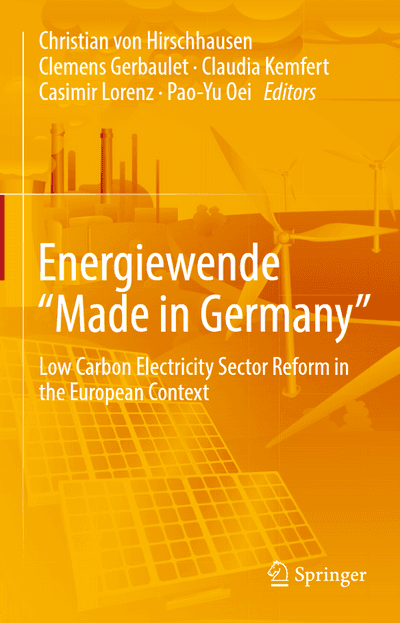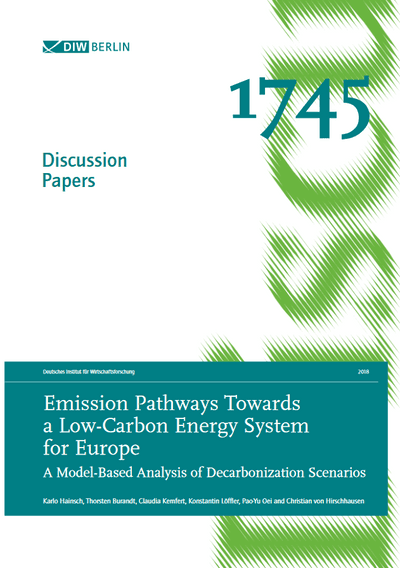We do not need bridge technologies

The direct switch to renewables is the way to go – additional investments in fossil gas, carbon capture, transport and storage (CCTS) or negative emission technologies are not needed.
Fossil Gas
Coal-fired power plants are not flexible enough to adjust to the electricity generation from renewables. They cannot be shut down and switched on quickly but run permanently at high capacity. If a lot of electricity from renewables is fed into the grid and coal-fired power still runs at a high capacity, this leads to an oversupply of power in the grid. In that case, the more flexible renewable energy sources will be curtailed.
Gas-fired power plants, in contrast, are to a certain extent more flexible than coal-fired power plants. However, these must also be operating at relatively high capacity in order to be regulated quickly and flexibly.
In recent years, the use of gas-fired power plants has been proposed as a bridge solution between the fossil and the renewable ages. But burning fossil gas, just like coal, causes climate change, too, in particular through the release of the extremely climate-damaging greenhouse gas methane during production and transport (Cremonese and Gusev 2016).
Therefore, fossil gas cannot make a truly long-term contribution to decarbonization and the portrayal of fossil gas as climate-friendly must be dismissed.
Nevertheless, gas infrastructure is being massively expanded in the EU – with EU´s financial support. An expansion is neither necessary, as existing infrastructure is not fully utilized (Neumann et al. 2018), nor does it serve climate protection. The expansion of the infrastructure is expensive, and investments made need to be amortized. This so-called lock-in effect makes it unlikely that gas-fired power plants will be shut down in the near future.
Carbon Capture, Transport and Storage
In addition, many studies predict the use of Carbon Capture Transport and Storage (CCTS) for both, fossil and renewable energy production. CCTS refers to the capture of CO2 (e.g. in energy production), the transport of the gas to appropriate storage facilities and its final storage.
However, it is unlikely that CCTS technology will be used at a large scale. Currently, there is not a single commercial power plant in the world that separates CO2 on a large scale and then stores it underground (Egerer, Oei, and Lorenz 2018). And the CCTS readiness index of the Global CCS institute shows clearly that there is hardly any political acceptance for that technology (Consoli, Havercroft, and Irlam 2017). This rejection can also be attributed to the massive risks that result from the use of CCTS. As with nuclear waste, it is unclear how the storage of compressed CO2 can be guaranteed for hundreds of years, and who would carry out this task (Fuss et al. 2018). Political systems and their stability are, when we think only of the last one hundred years, changeable and unpredictable. It is therefore not surprising that there is a strong resistance in the countries, where the storage of the captured CO2 would potentially be possible (Oei et al. 2014).
Moreover, even if the CCTS technology was successfully applied to conventional plants, only 65-79% of greenhouse gases would be reduced. Even with an enormous increase in efficiency this type of coal-fired power generation would still emit more greenhouse gases than renewable energy sources (Viebahn et al. 2007). This is not compatible with the international climate protection targets of being greenhouse gas neutral by 2050 at the latest.
CCTS does not solve the existing problem but pushes consequences into an uncertain future.
Further reading
- Neumann et al. 2018: "Natural gas supply: no need for another Baltic Sea pipeline"
- Fuss et al. 2018: "Negative emissions—Part 1: Research landscape and synthesis"
- Consoli, Havercroft, and Irlam 2017: "Carbon capture and storage readiness index: comparative review of global progress towards wide-scale deployment"
- Viebahn et al. 2017: "Comparison of carbon capture and storage with renewable energy technologies regarding structural, economic, and ecological aspects in Germany"
- Cremonese and Gusev 2016: "The Uncertain Climate Cost of Natural Gas"
- Oei et al. 2014: "Modeling a Carbon Capture, Transport, and Storage Infrastructure for Europe"

